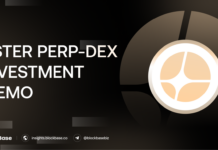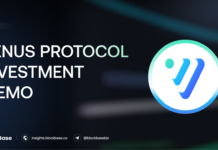1. The pitfalls of Web3 games
Blockchain technology offers a significant opportunity to transform game monetization through Web3 innovations. However, certain monetization models within this space are predominantly dependent on the continuous acquisition of new players to maintain the financial flow for existing participants. This dependency creates an inherent limitation, as there is a finite point beyond which the player base cannot expand further, leading to potential instability and sustainability issues.
Moreover, the division within the Web3 gaming community remains pronounced. On one side, some speculators are primarily attracted by the financial incentives and opportunities to commercialize gaming. These individuals are motivated by the potential for monetary gain and often prioritize profit over the gaming experience itself. On the other hand, traditional gamers seek genuine entertainment value. These players are looking for immersive and enjoyable gaming experiences that are not overshadowed by the financial mechanisms that dominate many Web3 games.

This dichotomy highlights the challenges faced by the Web3 gaming industry in balancing financial incentives with the need to provide authentic and engaging gaming experiences. The reliance on new player acquisition for financial sustainability, coupled with the differing motivations of speculators and traditional gamers, underscores the complexity of developing successful and sustainable monetization models within this innovative space.
2. What is Web3 Gaming as a Service Model?
The Gaming as a Service (GaaS) model has fundamentally transformed the gaming industry by evolving games into continuous services rather than one-time purchases. This model enables developers to consistently deliver content updates, sustain player engagement, and generate recurring revenue streams. Typically, players access these games through subscription models or in-game purchases, enhancing their experience with virtual goods and upgrades. Over the past decade, GaaS has become integral to the industry, spanning from casual mobile games to major publisher titles.
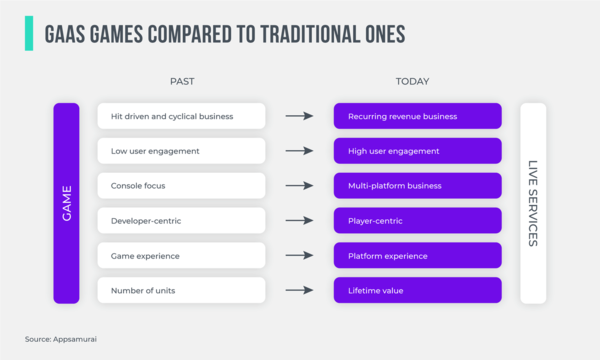
Key Features of a GaaS Game:
- Continuous Content Updates: Regular updates and new content ensure the game remains fresh and engaging for players. This includes introducing new levels, characters, events, and features.
- Subscription-Based Access: Players may pay a recurring fee to access the game or premium features, providing developers with a steady revenue stream.
- In-Game Purchases: Players can acquire virtual goods or enhancements that improve their experience or offer cosmetic upgrades.
- Player Engagement and Retention: Emphasis is placed on creating a dynamic environment that keeps players invested and engaged over time.
- Data-Driven Insights: Analytics are employed to understand player behavior and preferences, allowing developers to tailor content and monetization strategies accordingly.
Fortnite, a traditional Web2 game developed by Epic Games, exemplifies the GaaS model despite being a free-to-play game. The studio derives its revenue from microtransactions, including cosmetic enhancements (such as animations, costumes, and accessories) and exclusive features like the “Battle Pass.” Within less than a year of its launch, Fortnite amassed 125 million players and generated $1.2 billion in revenue.

3. Regard your Web3 games as a service
The pitfall of Web3 games lies in poor gameplay. That is when the GaaS model can tap in. The GaaS can aid Web3 games in addressing constraints related to user base growth by adopting a more sustainable monetization model and capitalizing on the strengths of the gaming community, while leveraging the strategic advantages of blockchain gaming when it comes to ownership.
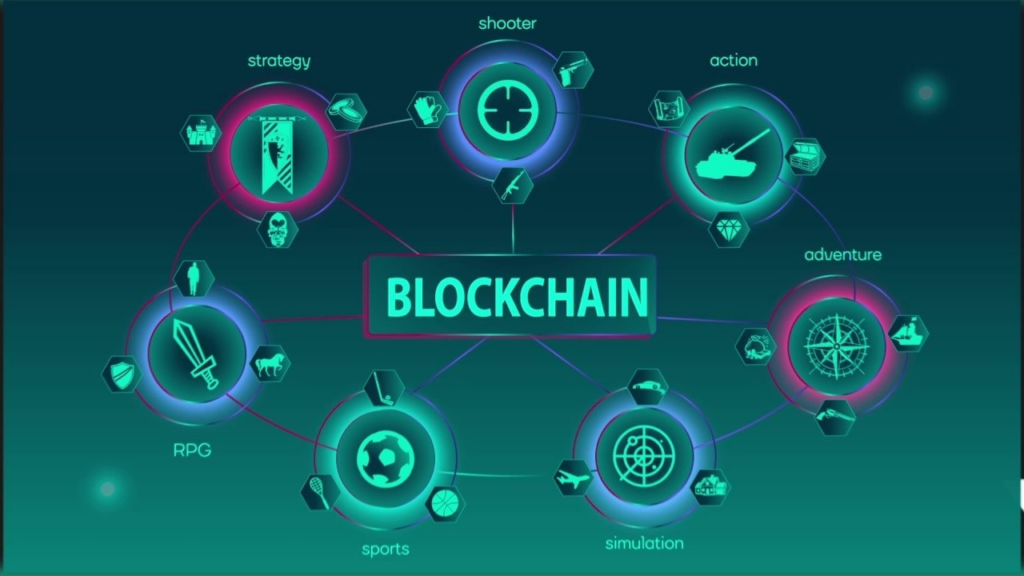
To sustain player engagement and ensure that games remain dynamic and captivating, the incorporation of seasonal content is essential. Introducing periodic updates infuses games with fresh content and challenges, thereby maintaining player interest over the long term. This seasonal approach fosters a vibrant in-game marketplace, encouraging a continuous and healthy exchange of items. Moreover, it mitigates the risk of economic inflation within the game by periodically refreshing the available content and opportunities for players.
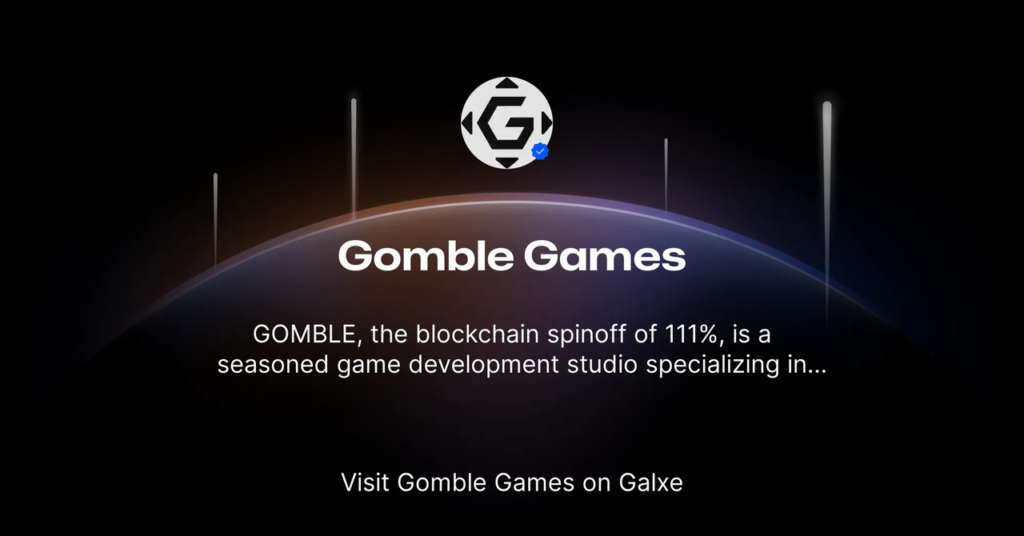
Implementing a standardized framework for all game collectibles is crucial to ensuring a fair and balanced gaming ecosystem. This framework should meticulously track and allocate the rarity and level of collectibles based on the time and effort invested by players. By establishing clear and consistent criteria for the valuation of collectibles, this system ensures that each item possesses a unique history and intrinsic value. Furthermore, the standardization of collectibles facilitates their transferability and interoperability across different games, thereby enhancing their utility and appeal.
However, unlike software as a service, games must consistently offer new content and, if not designed with a long-term perspective, can increase the variable cost. Additionally, a substantial commitment from the development team is necessary. Alongside a concrete revenue stream from subscriptions, utilizing tokenomics to appropriately reward players or adopting a DAO model can foster additional ideas for the game, supported by community engagement.
The gaming industry is undergoing rapid development, and GameFi is advancing concurrently with substantial innovation potential. Consequently, it is imperative to closely observe emerging projects with innovative models. GaaS models, as discussed above, can be essential not only for sustaining the appeal and stability of games, but also for fostering new opportunities for sustainable growth within the gaming sector.
The information provided in this article is for reference only and should not be taken as investment advice. All investment decisions should be based on thorough research and personal evaluation.



